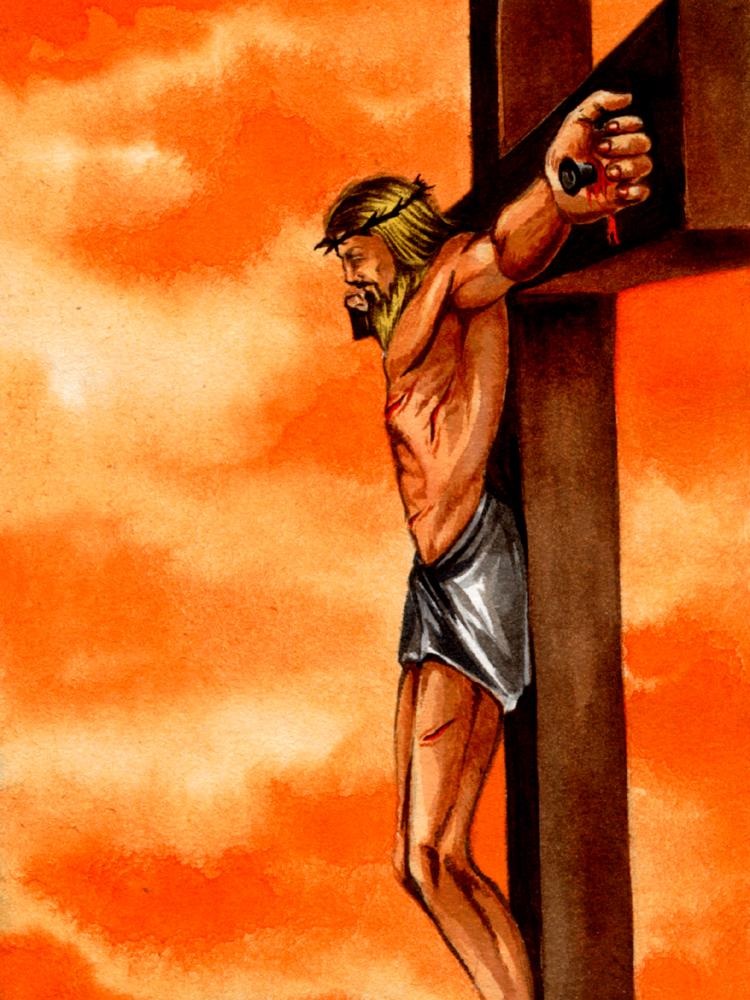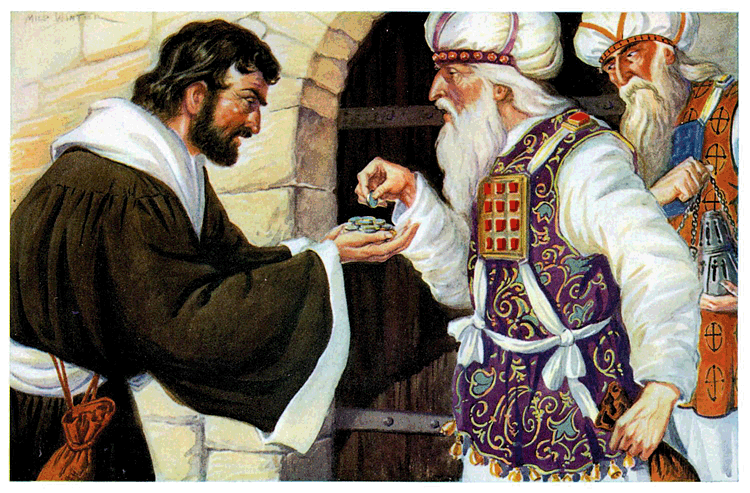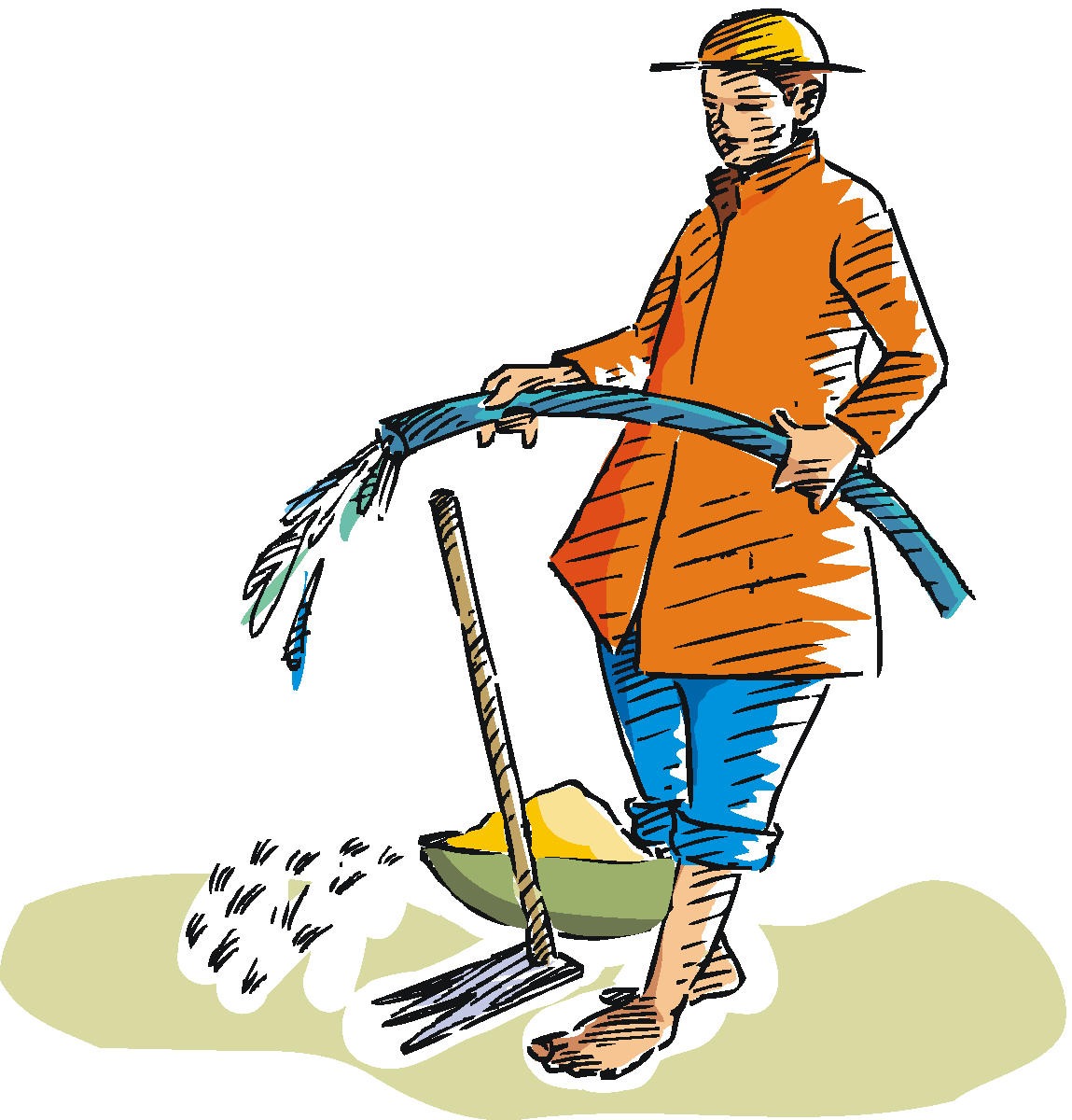Is the greedy, idolatrous and enslaving grasp of modern Babylon holding you back from your spiritual destiny? It’s time to begin breaking free!

Genesis 31:43, These daughters are my daughters. Laban claims that Jacob’s wives and children belonged to him. Laban was also steeped in the idolatry of Babylon having in his possession idols or images called teraphim (Gen 31:19, 34–35), which legal symbols of his wealth, since they were actual title deeds to his property. These gods of one’s property also acted as good luck charms insuring the land’s prosperity.
Is there a modern-day counterpart to this? Yes. Doesn’t modern Babylon want to control and possess the wives and children of redeemed Israel, indoctrinate them in its pagan religious system, and then keep Jacob’s modern descendants (Christians and Jews) from returning to their spiritual and physical homeland and birthright inheritance, and from returning to the Torah-faith of their fathers? Are governmental institutions (e.g. public educational institutions and state and federal Child Protective Services agencies, social welfare programs, various government regulations that have greatly diminished or eliminated many of our personal freedoms along with Elohim-given parental rights), socio-political organizations (e.g. ACLU, UN) and greedy corporate systems (banking systems that enslave people through debt, corrupters of our food supplies that destroy people’s health, pharmaceutical companies and the mainstream medical establishment that enslaves and destroys people’s minds and bodies through drugs) modern-day Labans who want to kill, steal and destroy for the benefit of money, power and control? Again, yes.
Revelation 18:13 says that end times Babylon the Great will traffic in the bodies and souls of men. This is likely a reference to the trafficking in human body parts (for medical purposes, no doubt) and the enslavement of men’s hearts and minds. This speaks at some level of the modern day enslavement of people—of their religious expression, freedom of thought and action. In these end times, the saints of Elohim must protect themselves and their loved ones from the idols and the evil machinations of the Elohim-hating, devil worshiping idolators.
Let us not forget John’s closing words in his first epistle: “Little children, keep yourselves from idols” (1 John 5:21). An idol is anything that gets between us and Elohim, and which moves us downward and away from him on our spiritual path instead of upward and closer to him.
Laban and Balaam. It is quite possible that the false prophet Balaam, who heard from YHVH and had a sense of righteousness, though was still steeped in paganism, was a descendant of Laban. Both Laban and Balaam were from Aram (part of greater Babylon) and only 280 years separated them. One of the Aramaic Targums (Targum Jonathan) equates Balaam with Laban, while other scholars view Balaam as Laban’s grandson. Both were involved in a mixed-religious system—some truth and some error, some good and some evil. This is the nature of religious Babylon (meaning “mixture” or “confusion”). A mixture of what? Of good and evil. Remember the tree by that name in the Garden of Eden? Who was the one who enticed man to indulge in that fruit in rebellion to YHVH’s commands?
Even today, Satan the serpent is at the helm of spiritual Babylon trying to lure people into his system of good and evil. Like the tree of knowledge, the religious Babylon of today, out of which YHVH is calling his people (Rev 18:4), is just that—a mixture of truth and pagan lies. How else, for example, do we account for the name of the Christian festival called Easter or Ishtar named after the Babylonian sex goddess of fertility? Or how else do we account for the Christmas tree phallus symbol that also originated from Babylonian sex worship? Or how about the Easter egg (an ancient Babylonian fertility or sex symbol) or the egg on the Jewish Passover Seder plate? All these are symbols of pagan sex worship.
As YHVH called Jacob away from Babylon back to Beth-el (the House of El), and as YHVH turned Jacob’s heart back to the ways of his fathers, is not the same YHVH likewise now calling his people to come out of religious Babylon (Rev 18:4), to separate themselves from that which is unclean or not kosher (2 Cor 6:17)?
Yes, YHVH is pleading for the modern descendants of Jacob (redeemed Israelites or the Israel of Elohim, Gal 6:16) to not succumb to the lying forked-tongued Labans and Balaams of today who always over-promise and underdeliver—who would through deceptive lies pull Elohim’s back into their religious systems that are a mixture of truth and error. Elohim is urging his people to remember the good, ancient and blessed paths of the Torah of Moses his servant and to listen to the spirit of Elijah as the children’s hearts re turned back to the Hebraic fathers of their faith (Jer 6:16, 19; Mal 4:4–6).







